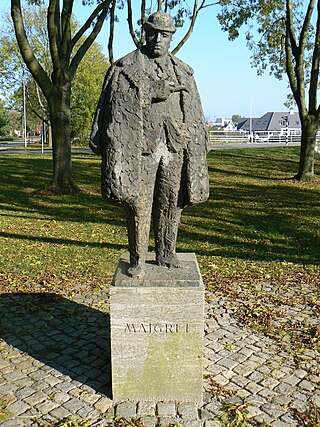
Jules Maigret, or simply Maigret, is a fictional French police detective, a commissaire ("commissioner") of the Paris Brigade Criminelle, created by writer Georges Simenon. The character's full name is Jules Amédée François Maigret.

The culture of Belgium involves both the aspects shared by all Belgians regardless of the language they speak and the differences between the main cultural communities: the Dutch-speaking Belgians and the French-speaking Belgians. Most Belgians view their culture as an integral part of European culture.
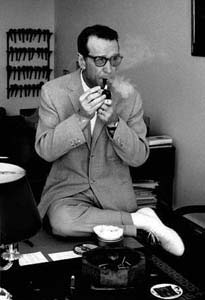
Georges Joseph Christian Simenon was a Belgian writer, most famous for his fictional detective Jules Maigret. One of the most popular authors of the 20th century, he published around 400 novels, 21 volumes of memoirs and many short stories, selling over 500 million copies.

Gibbeting is the use of a gallows-type structure from which the dead or dying bodies of criminals were hanged on public display to deter other existing or potential criminals. Occasionally, the gibbet was also used as a method of public execution, with the criminal being left to die of exposure, thirst and/or starvation. The practice of placing a criminal on display within a gibbet is also called "hanging in chains".

Jelle François Maria Van Damme is a Belgian retired professional footballer who played as a centre-back, left-back or left midfielder. He played for clubs in Belgium, England, Germany, the Netherlands and the United States. He also earned over 30 caps for the Belgium national team.
Linda Coverdale is a literary translator from French. She lives in Brooklyn, New York, and has a Ph.D in French Literature. She has translated into English more than 60 works by such authors as Roland Barthes, Emmanuel Carrère, Patrick Chamoiseau, Maryse Condé, Marie Darrieussecq, Jean Echenoz, Annie Ernaux, Sébastien Japrisot, Tahar Ben Jelloun, Philippe Labro, Yann Queffélec, Jorge Semprún, Lyonel Trouillot, Jean-Philippe Toussaint, Jean Hartzfeld, Sylvain Tesson and Marguerite Duras.
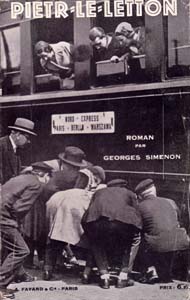
The Strange Case of Peter the Lett is a 1931 detective novel by the Belgian writer Georges Simenon. It is the first novel to feature Inspector Jules Maigret who would later appear in more than a hundred stories by Simenon and who has become a legendary figure in the annals of detective fiction.

Maigret and the Headless Corpse is a detective novel by the Belgian writer Georges Simenon.
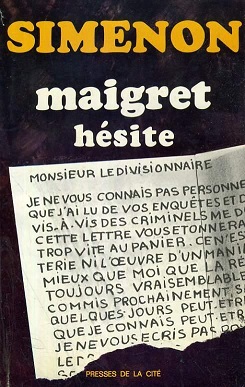
Maigret Hesitates is a detective novel by the Belgian writer Georges Simenon.

Maigret at the Gai-Moulin is a detective novel by the Belgian writer Georges Simenon.

Bad Nieuweschans, previously named Nieuweschans (1868–2013), is an unstaffed railway station in the village of Bad Nieuweschans, Netherlands. It connects the Harlingen–Nieuweschans and Ihrhove–Nieuweschans railways and is situated between Winschoten, Netherlands and Weener, Germany.
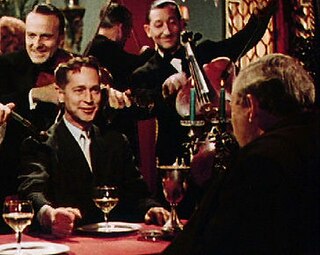
The Man on the Eiffel Tower is a 1950 American Ansco Color film noir mystery film starring Charles Laughton, Franchot Tone, Burgess Meredith, and Robert Hutton. Ultimately directed by Meredith, it is based on the 1931 novel La Tête d'un homme by Belgian writer Georges Simenon featuring his detective Jules Maigret. The film was co-produced by Tone and Irving Allen as A&T Film Productions and released by RKO Radio Pictures. Much of the outdoor action occurs in familiar Paris locales, including the Eiffel Tower, the Seine, and Pigalle.

Maigret and the Dosser is a detective novel by the Belgian writer Georges Simenon featuring his character Jules Maigret.

A Battle of Nerves is a detective novel by Belgian writer Georges Simenon, featuring his character Inspector Jules Maigret. Published in 1931, it is one of the earliest of Simenon's "Maigret" novels, and one of eleven he had published that year.

Maigret's Revolver is a novel by the Belgian writer Georges Simenon. The original French version Le Revolver de Maigret appeared in 1952. The theft of Inspector Jules Maigret's revolver from his home begins a detective story that leads to Maigret travelling from Paris to London to find the young man who stole it, and the woman who is in danger of being his victim.
Inspector Maigret and the Strangled Stripper is a detective novel by the Belgian crime writer Georges Simenon published in 1950, featuring the author's most celebrated character Inspector Maigret. Its alternate English-language titles include Maigret in Montmartre and Maigret at Picratt's.

Guinguette by the Seine is a detective novel by Belgian writer Georges Simenon, featuring his character Inspector Jules Maigret.
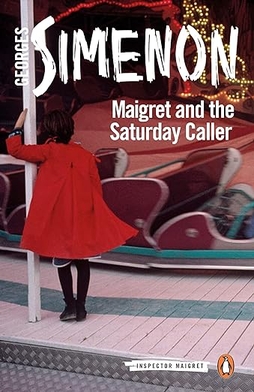
Maigret and the Saturday Caller is a novel by the Belgian writer Georges Simenon. The original French version Maigret et le Client du samedi appeared in 1962.
Maigret et l'affaire Saint-Fiacre is a 1959 French crime film directed by Jean Delannoy that stars Jean Gabin as the fictional police detective Jules Maigret. Adapted from the novel l'Affaire Saint-Fiacre by the Belgian writer Georges Simenon, it tells how Maigret goes privately to the aid of his late father's employer who has received an anonymous death threat and, though unable to prevent the death, unmasks the plotters.

Maigret's Memoirs is a novel by the Belgian writer Georges Simenon. Unlike other Maigret novels, there is no plot; Jules Maigret himself writes about his life and work, and about his relation with the novelist Georges Simenon.


















